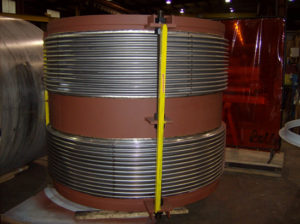The lateral movement in a tied universal expansion joint is achieved by having the bellows work together in angular rotation in order to obtain the correct lateral deflection.
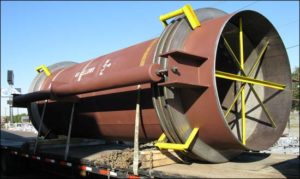
The lateral movement in a tied universal expansion joint is achieved by having the bellows work together in angular rotation in order to obtain the correct lateral deflection.

Universal expansion joints are typically used in z-bend or l-shape pipe arrangements where the expansion joint allows for lateral motion
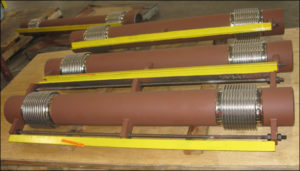
The length of a universal expansion joint is dependent upon the amount of lateral motion to be absorbed by the expansion joint. This is determined on a case by case basis.
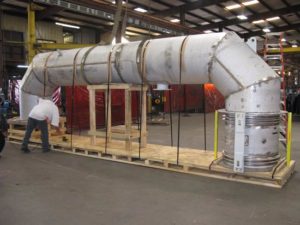
Yes, a tied expansion joint is a correct application for tied expansion joints to eliminate pressure thrust on the turbine exhaust nozzle.
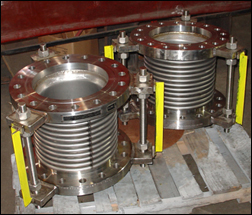
The number of tie-rods on a universal expansion joint is calculated according to the amount of pressure thrust that the particular expansion joint will absorb. Low-pressure expansion joints may have two rods, for example, while high-pressure expansion joints may have four or more.
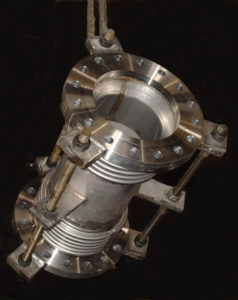
The preferred method to design universal expansion joints would be to use a larger diameter bellows and use a reducer at the end of the expansion joint. This would ensure angular rotation and axial movement between the two bellows.
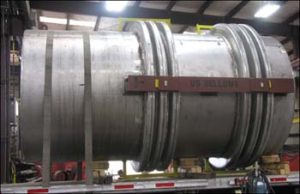
The expansion joint is designed to accommodate all the needed displacements. The tie-rods are part of the expansion joint and designed to absorb all the specified displacements.
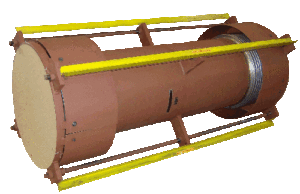
Universal expansion joints are usually used when there is large lateral motion.
